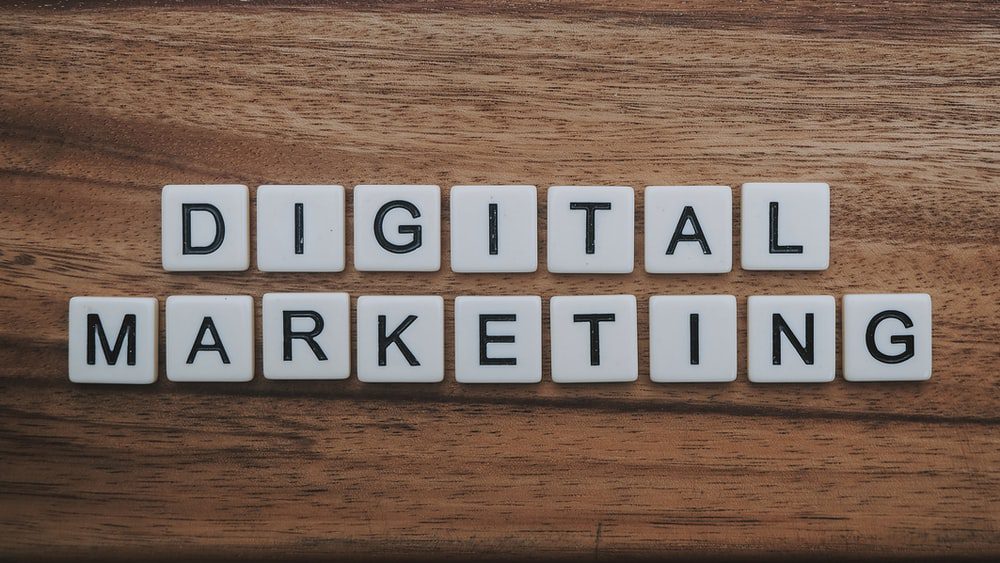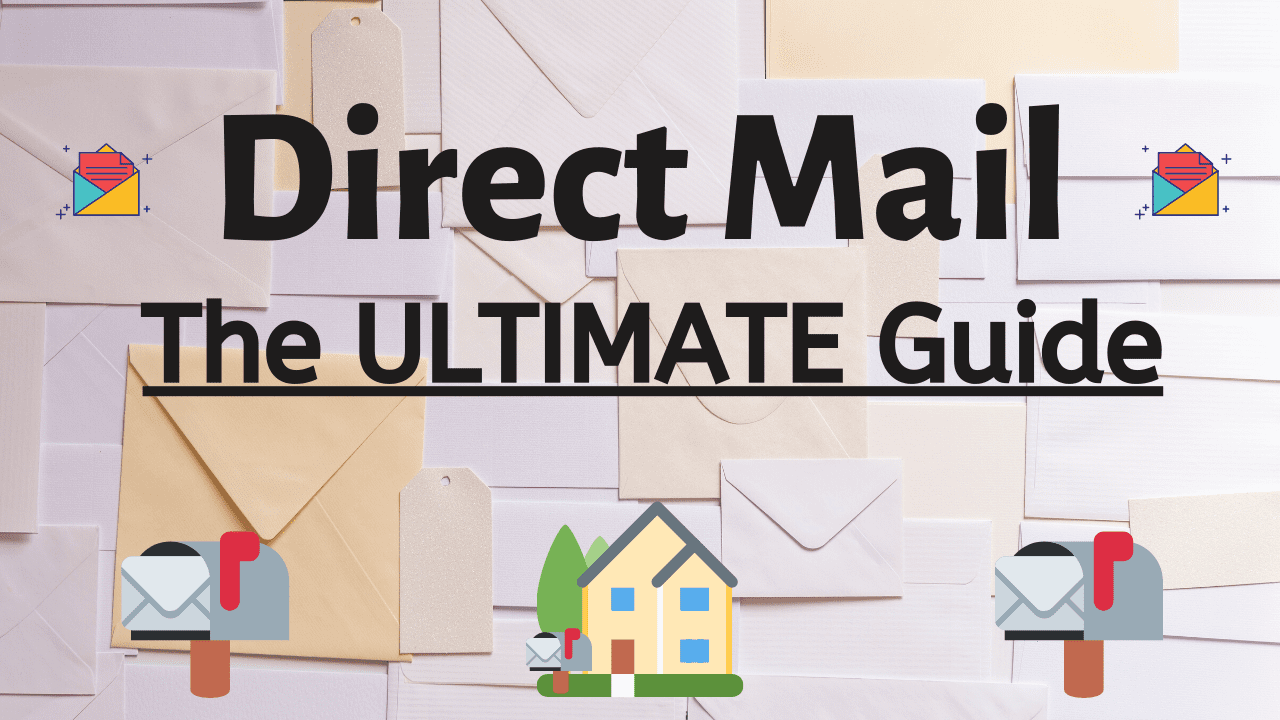
https://www.pexels.com/photo/two-women-having-a-meeting-inside-glass-panel-office-1181615/
Successful businesses engage with customers throughout their purchasing journey to create a trusting relationship and drive conversions. According to Salesforce, 88% of customers value the experience they receive from a company as much as its products or services.
Lifecycle marketing helps your company attract and retain customers by providing a seamless experience with your brand from start to finish. Learn about the lifecycle marketing process to build relationships with customers and guide them through their journey with your brand.
The Definition of Lifecycle Marketing
What is lifecycle marketing? This unique marketing approach addresses the customer’s needs at every touchpoint of their journey. Brands use different techniques to address customer needs with personalized content and marketing messages to guide them from initial contact to purchase.
For instance, customers can sign up for an online store’s newsletter and SMS notifications to learn about exclusive discounts and sales. The brand sends them regular texts and emails about new deals and sales. Loyal customers receive more messages encouraging them to buy more products, whereas other customers who have yet to purchase may receive informative emails about your products.
A lifecycle marketing strategy that addresses customers’ needs at each stage of the journey helps you build stronger relationships and results in a more engaging experience.
The Stages of Lifecycle Marketing
Lifecycle marketing involves several stages to onboard and connect with customers. You can target your audience’s needs according to each step using the following elements:
Awareness
The awareness stage refers to the first time people hear about your company. You can grab their attention and educate them about your brand in this stage through shareable, visible content. A few strategies to increase awareness include:
- Identify keywords for inclusion in your blog and website content so people can find you.
- Make a memorable podcast ad that will appeal to potential consumers.
- Partner with your audience’s favorite influencers to promote your products on their social media platforms.
Engagement
As part of the engagement process, people want to discover more about your products and services. You can educate and engage potential customers by using the following strategies:
- Make videos showcasing your product’s features.
- Share solutions to your customers’ common problems on your blog and social media.
- Address challenges your audience encounters when using a service within your industry and how you can improve it with an email newsletter series.

https://www.pexels.com/photo/photo-camera-recording-vlog-in-modern-workspace-4491445/
Conversion
When you want to convert a person into a customer, make it as easy as possible for them to transition. A key part of this stage involves providing customers with high-quality information so they can look at your products’ features and value before making a purchase.
- Include customer testimonials on your website to foster trust and help people decide if your product is right for them.
- Add a demo video to your website helps customers gain confidence in your product or service when they use it for the first time.
- Give a glimpse of the post-purchase support your customers receive through blog posts and social media short-form videos.
Retention
Offering an exceptional customer experience and service increases sales and engages buyers. For example, personalizing customer service for the next steps after purchase, such as exclusive discounts, boosted the revenue per user by 166%.
The following strategies can help cultivate loyalty and retention:
- Email customers with discount codes or perks for future purchases.
- Implement targeted product recommendations on your site after a customer’s first purchase, such as showing packing cubes if your customer buys a luggage bag from your site.
- Offer existing customers exclusive access to a new service through an SMS campaign.
95% of customers report that trusting a brand keeps them loyal, so meeting customers’ expectations at every step of the customer journey is essential to retention.
Performance branding lets you further hone your marketing strategies to improve the customer experience. A crucial element of what is performance branding includes using data to drive your decisions.
For example, email marketing data informs you whether customers opened emails about holiday discounts. Customers who opened the discount emails received more discount emails, while those who didn’t open them read product recommendations.
Plan Your Lifecycle Marketing Strategy
Engaging with customers in innovative ways throughout the marketing lifecycle can improve the customer experience and lead to measurable conversions. You can enhance your brand reputation and meet customers’ expectations by adding content to every part of your lifecycle marketing strategy.
When you partner with a performance branding company, you can identify the content you need to add for every step of the customer journey and push for deeper engagement, increasing revenue and customer retention.








